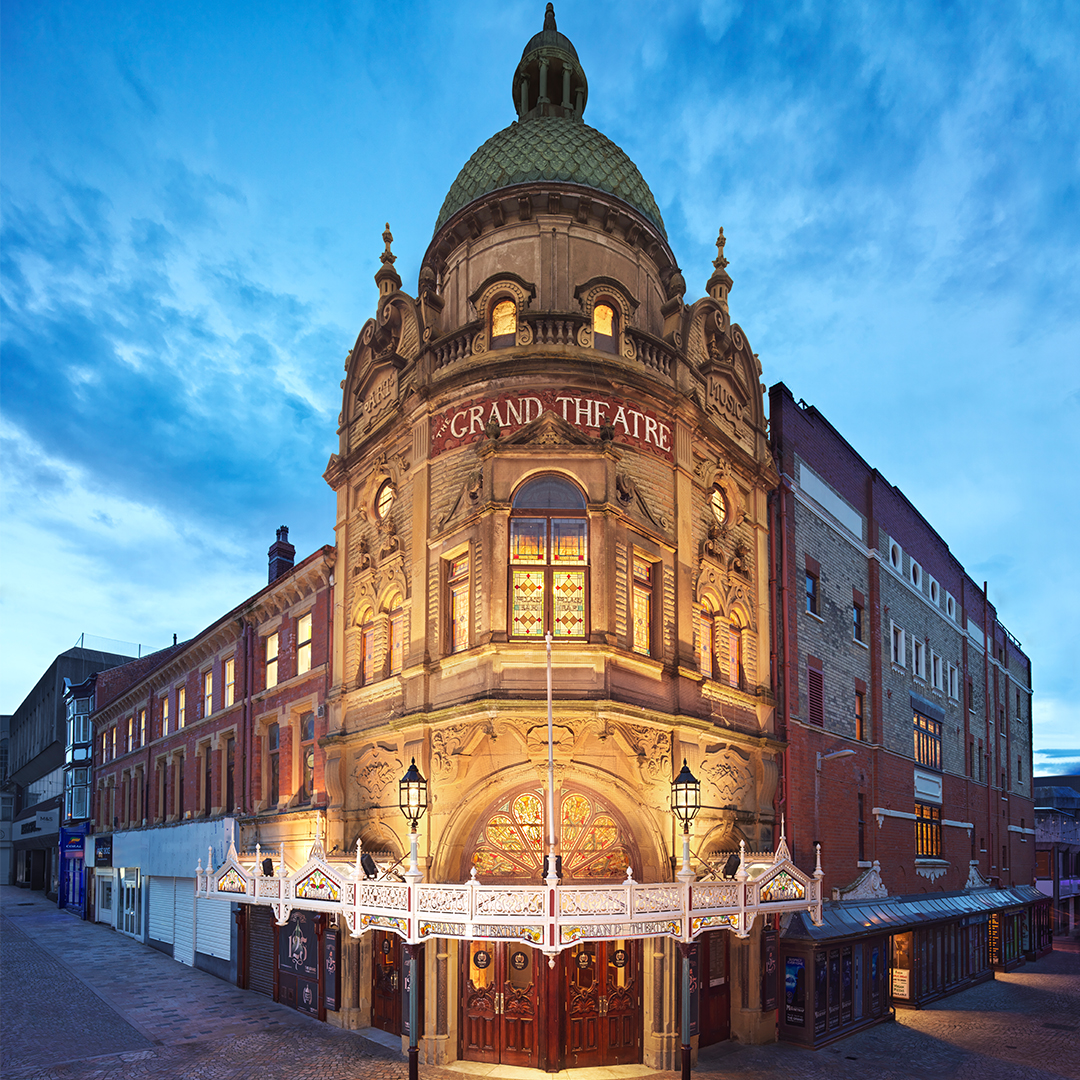
Discover The Titanic Ship True Stories
5 min read
Share
Discover The Titanic Ship True Stories – Many of us know a little about what happened to the majestic Titanic liner. However, much of this information is gleaned from history lessons and perhaps even the 1997 movie of the same name. Beyond the famous (and fictional) tale of Jack and Rose are many exceptional true stories, both of survivors and those who weren’t so lucky. Many survivors of the Titanic were vocal about their experiences, while others have had their reputations tarnished by the media’s influence.
Discover The Titanic Ship True Stories
Let’s look more closely at some of the Titanic’s passengers, what happened whilst they were aboard and, for some, what happened afterwards.

JJ Molly Brown
Molly Brown is perhaps one of the best-known survivors of the Titanic tragedy. Molly Brown was a much liked and popular American socialite living off her rich businessman husband JJ Brown’s income. Her husband had a natural entrepreneurial spirit and made his fortune in mining. She became known for her unique and extravagant fashion choices, including flashy hats, but more than this, she was known for her charm and infectious personality. Despite her wealth, Molly Brown was also known for her philanthropy and advocating for women’s and children’s rights, especially in education.
She gained the nickname “The Unsinkable Molly Brown” for her exceptional bravery during the panic of the ship’s accident. Many stories and eyewitness accounts suggest Molly Brown helped survivors onto lifeboats during the evacuation before steering her own to safety. She does appear in the James Cameron film, played by Kathy Bates, arguing with the Quartermaster and demanding they return to look for more survivors.

Captain Edward John Smith
Captain Smith is a character who people have conflicting feelings about. He was one of the victims of the tragedy and his body was never recovered, yet he remains a source of controversy for some. Many people immediately blamed Smith for the Titanic’s accident, with critics suggesting he allowed the boat to travel too fast despite reports of ice in the area. Further investigation found that Smith was simply following best maritime practices for the era. Eyewitness accounts on Smith after the accident contradict each other. Some say he helped others evacuate, others say he was paralysed by fear. In any event he was one of the unfortunate 1500 who died on that fateful night.

John Jacob Astor IV
Known to be the richest passenger aboard the Titanic, Astor was a real estate magnate worth $87m when he, unfortunately, lost his life on the journey. He was one of the many people who couldn’t survive the freezing temperatures so while he clung onto a raft to try to survive, his body, unfortunately, gave out. He was survived by his pregnant wife Madeleine, who had booked the trip to ensure their child was born in America.
Thomas Andrews
Andrews had an unusual position on the ship, as he was there to judge how it could be improved and other boats built upon its design. An architect by trade, Thomas Andrews was Irish and employed on the ship’s maiden voyage to make suggestions for improvement. As soon as the hull of the ship hit the iceberg, Andrews knew there was no chance of it surviving. Eyewitnesses called Andrews out as a hero too, as he helped others into lifeboats and threw items off the boat to use as flotation devices. Unfortunately, his body was never identified.

J. Bruce Ismay
Branded the “Coward of the Titanic”, J. Bruce Ismay chose to jump into the final lifeboat and the rest of his life was made a misery for his decision. Ismay was the highest-ranked official of the White Star Line and people argued he should have helped others into the boat rather than taking it himself. Ismay argued that he only boarded the last lifeboat after all women and children were boarded but he was still rejected by London society and lived the remainder of his under a dark cloud. He spent his life paying out insurance claims to family members who lost loved ones in the event, yet his family still maintain he was unfairly persecuted.
Benjamin Guggenheim
Guggenheim was a well-regarded mining magnate who was travelling with his staff and his mistress, Leontine Aubart. He shared a cabin with his valet Victor Giglio and amazingly, both men slept through the initial collision with the iceberg. They took a little time to realise the severity of the situation and then rushed to help Aubart and some members of his staff onto one of the lifeboats. Legend says that once they realised there would be no rescue and no more lifeboats, Guggenheim and his valet put on their finest eveningwear and prepared to go down like gentlemen in the Grand Staircase area. Neither man’s body was recovered.

Cosmo and Lucy Duff-Gordon
In a similar story to Ismay, the Duff-Gordons are much maligned for being amongst the first people on the lifeboats, lifeboat number one in fact. Lady Gordon asserted she and her husband were pushed towards one of the boats, but others tell a different story. The American press attacked Sir Duff-Gordon and argued he ignored the “women and children first” policy and even paid the crewmen to let him onto the boat. Sir Duff-Gordon argued strongly against this, especially when reports suggested he was bribing the crew members not to rescue people struggling to survive in the icy water. Amazingly, Lady Duff-Gordon escaped a second ocean liner tragedy as she cancelled a trip planned aboard the Lusitania.
Many of these true-life stories were used as inspiration in the film version of the liner tragedy. However, the writers and actors of course used artistic license to give their characters personality and ensure they fit naturally in with the plot of the film. These are just some of the stories of some people aboard that fated ship, with thousands more stories to be told. We often only hear the stories of survivors and first-class travellers as so many of those in second and third class were lost without a trace.
























